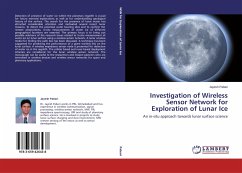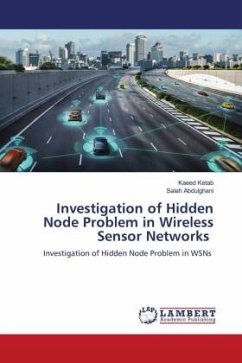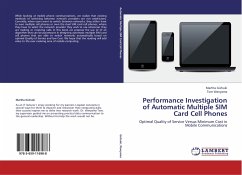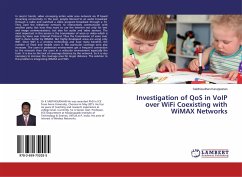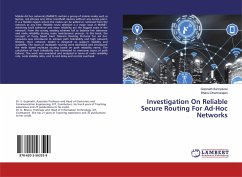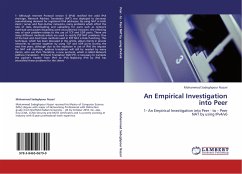Detection of presence of water ice within the planetary regolith is crucial for future manned explorations as well as for understanding geological history of the surface. The search for the presence of lunar water has attracted considerable attention and motivated several recent lunar missions. To detect the potential water bearing sites and to confirm the remote observations, in-situ measurements of water ice of different geographical locations are essential. The primary focus is to bring out possible solutions of the research issues related to in-situ measurement of water ice on lunar surface using a wireless sensor network. A lunar wireless model for finding the path loss has been discussed. A technique has been suggested for predicting the performance of a given wireless link on the lunar surface. A wireless impedance sensor node is presented for detection of water ice in the regolith. The orbiter based and rover based deployment schemes are considered for the lunar wireless sensor network. The monograph can be useful to the researchers and mission planners who are interested in wireless devices and wireless sensor networks for space and planetary applications.
